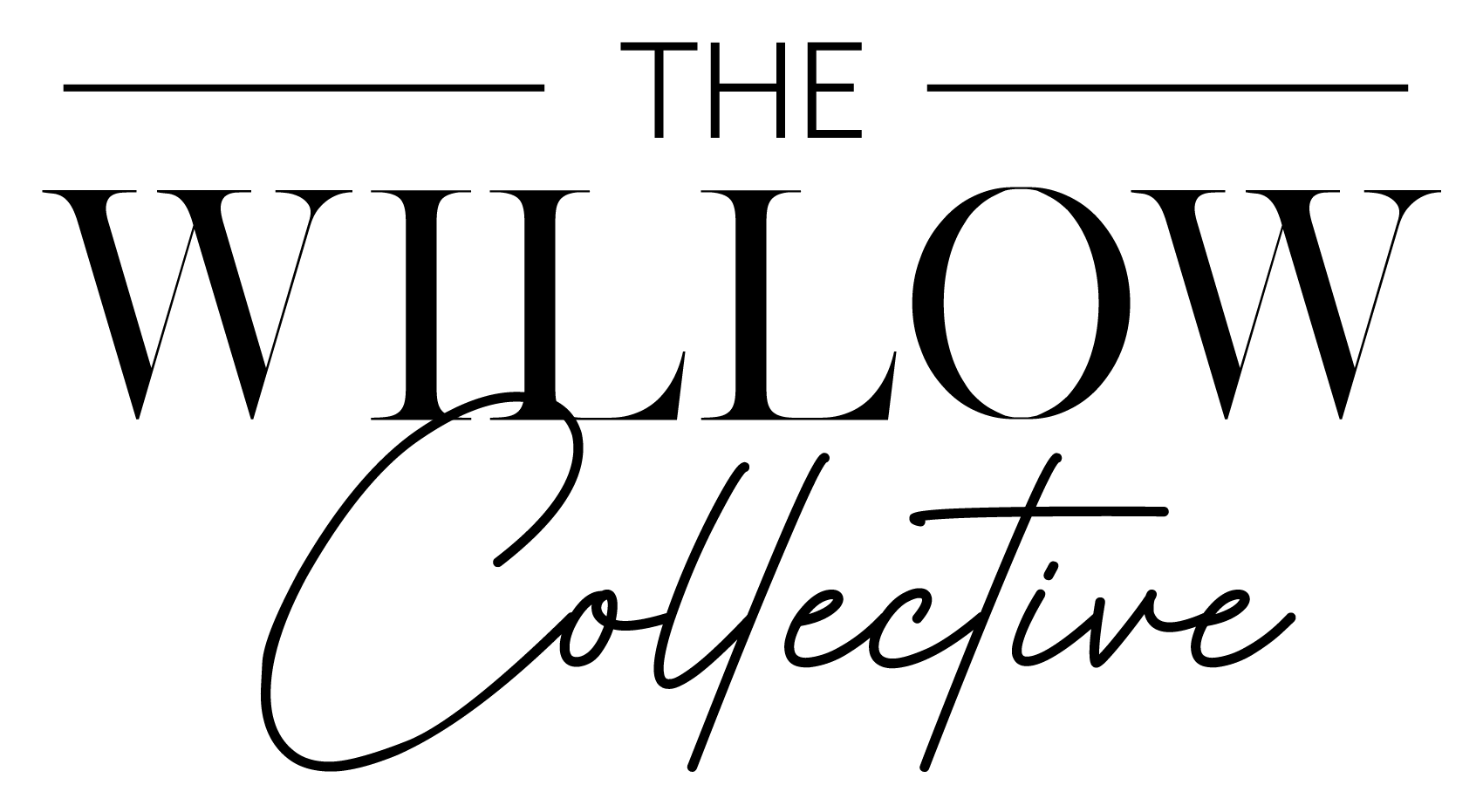Introduction
In the current times of the Great Resignation, more and more employees are leaving the workforce in voluminous amounts than ever before. Significant emphasis and financial resources are being expended to recruit and rebuild the workforce in a competitive market where employees can demand premium salaries and flexibility- but what if we could stop the bleeding and prevent our brightest employees from wanting to leave in the first place?
“People don’t quit jobs, they quit managers” is a commonly held belief, but the social unrest, pandemic, and now rising inflation have made other factors more prominent in the last couple of years. According to a 2021 survey, 36% of employees were looking to change jobs for better compensation and corporate benefits while 25% were considering changing jobs for better work/life balance [see exhibit 1]. Burnout, while not a new concept in the work environment, was included for the first time in the International Classification of Diseases 11th Edition (ICD-11) in January 2022 as an “Occupational Syndrome”. The World Health Organization (WHO) ascribes energy depletion or exhaustion, increased mental distance or cynicism related to your job, and less productivity at work as symptoms to be watchful of.
My analysis has shown that corporate-level benefits are viewed as the minimum for employees. Beyond the standard package, employees are seeking “reward” and "fulfillment" to compensate for the inherent complexity of aggressive timelines, competing priorities, and the pressure to keep up.
Recommendations
In How to Ride the Great Resignation Wave (Tyler & Tyler, 2021), Kathryn Tyler details several best practice interventions to weather the storm of the mass exodus of employees. Categorized into three domains, aimed at going beyond the corporate level benefits, and bringing change closer to home; first addressing the work culture, the critical role of leaders, and finally growing and developing the pipeline of A+ talent. As a disclaimer, these recommendations do not attempt to address resource allocation, staffing concerns or additional operational processes that may require evaluation.
Reset the Culture
Organizational culture is the outward demonstration of our patterns and behavior that speaks to what we believe. Culture is a tricky, but fascinating, undercurrent in all organizations shaped by every single employee. Sure, culture is defined at the organizational level, but also is created and bred within service line teams. Regardless of the level, these recommendations are what I consider the minimum in setting culture on the right path:
Do we implement acts of reward, recognition, and praise more specifically do we ask how each individual likes to be recognizd?
Do we offer flexibility in work schedules, maybe even expanding to unconventional options?
Do we value and welcome diversity of thought, soliciting feedback and input from all levels?
Do we address the behavior of bad actors? (i.e. those who consistently talk over someone, or refuse to collaborate? )
Do we proactively try to minimize the level of burnout on our teams? (Check out the Maslach Burnout Inventory-MBI)
Ignite our Leaders to Action
In Emerging Technology Roadmap for Large Enterprises (2021-2023 Emerging Technology Roadmap for Large Enterprises, n.d.) 64% of IT executives cited talent shortages as the most significant barrier to innovation and emerging technology, compared to only 4% in 2020. In just two years, the outlook has changed by 60%, signaling a need to take measured steps in retaining talent worth keeping by way of:
Stay Interviews- The opposite of Exit Interviews, Stay Interviews are proactive individual conversations to illicit what an employee enjoys about the role, team, and organization and why they choose to stay.
Development of Individual Stay Plans-capturing actionable items that can be implemented to develop and grow beyond what may be evaluated during annual performance reviews.
Creation (or update) of Employee Skill/ Engagement Matrix
Grow and Develop Talent
Research shows that employees are more inclined to stay with their current employer when they are learning and developing new skills. (Maurer, 2020) Many organizations offer opportunities for certification by technical specialty and general, but there is often an inherent gap in the soft skills and leadership topics that most staff need as they continue to grow. For example, benchmark data from the Talent Access Report produced by SHRM Benchmarking indicates employees in the Healthcare and Information Technology Industries rank training in conflict resolution, problem-solving and leadership as necessary training in their everyday job.
Implement a Coaching/Shadowing Program within your department, that promotes cross-training and development.
Partner with your Learning and Development or Training team to create modules that address the necessary skills of interpersonal communication, teamwork, and the ability to handle complexity and ambiguity.
Implement formal succession planning for manager and above roles, and informal succession plans for other roles.
Conclusion
There are many factors that contribute to fostering an engaging and rewarding job experience that makes employees want to stay. Using the aforementioned statistics as a call to action: Take Inventory of your Culture, Leadership, and Talent Pipeline to make a difference in the lives of your greatest asset- The People.

